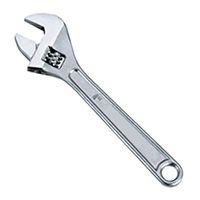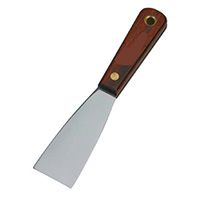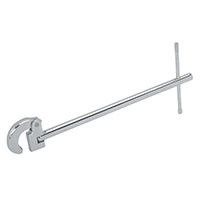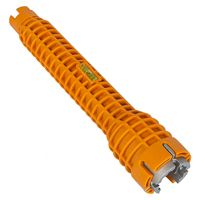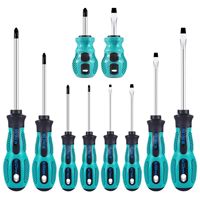Project details
Skill
Cost
Estimated Time
Host Kevin O’Connor joins Heating and Plumbing Expert Richard Trethewey in the workshop to learn how to replace a kitchen sink and faucet from start to finish. A relatively inexpensive way to upgrade the look and function of a kitchen is to simply replace the kitchen sink.
Richard goes through the step-by-step process of installing a new sink. Starting with disconnecting the plumbing and drain connections, he then removes the old basin. Afterward, Richard installs the new sink and faucet, demonstrating how it can be a homeowner-friendly job.
As long as you find a sink with the same dimensions as your original basin, with the right tools, you can complete this project on your own.
Steps for Replacing a Kitchen Sink:
Step 1: Disconnect the plumbing and drain connections
- Turn off both hot and cold water supply valves. Open the faucet to ensure all the water is drained from the lines and the shutoff holds.
- Disconnect supply lines using a wrench.
- Unthread the nuts holding the faucet in place and pull the faucet and hot and cold lines away from the sink.
- Disconnect the drain tailpiece from either the P-trap of the garbage disposal, depending on your sink. The tailpiece should be released with a nut that can often be loosened from the P-trap first and then unthreaded from the drain.
Step 2: Disconnect the sink from the countertop
- Remove the clips holding the sink in place.
- Using a putty knife, slide underneath the lip of the sink and carefully loosen it until it’s ready to pry free.
- Remove the sink from the opening.
Step 3: Prep new sink
- Dry fit the new sink to ensure the opening of the hole is the same as the new sink. If not, you’ll have to make adjustments to the countertop.
- Do as much work as you can on the countertop for easier access.
- Install basket strainer. For the sink that Richard used, he was able to install the basket strainer without plumber’s putty. Read the instructions to see what your sink requires.
Step 4: Install new faucet
- Richard chose a single handle center set faucet, meaning the handle is directly connected to the spout. Note: If you would like the faucet and handles as individual units, opt for a widespread faucet.
- To cover the two outside holes, use an escutcheon plate. Usually, you would use plumber’s putty, but check the instructions to see if your plate needs it.
- Place the plate and plate deck gasket on top of the sink. Insert faucet.
- Place the mounting bracket and nut over the outlet hose.
- Tighten the nut by either using a special installation tool provided with the faucet or use a basin wrench or multi-purpose wrench plumbing tool.
Step 5: Install new sink
- Clean the countertop using a general household cleaning product.
- Flip the sink upside down and apply silicon around the edges of the sink.
- Gently place the sink into position and ensure it sits tightly against the countertop.
- Install clips to hold the sink in place.
Step 6: Reconnect plumbing and drain connections
- Repeat the process backward from before.
Resources
Richard replaced the kitchen sink with a T1823 Topmount Stainless Steel 3/4″ Radius Sink, which is manufactured by MR Direct. The replacement faucet was a Kleo Spot Resist Stainless One-Handle High Arc Pulldown Kitchen Faucet, which is manufactured by Moen and found at most home centers.
The other tools and materials Richard used to replace the kitchen sink and faucet, including the wrenches and plumber’s putty, can be found at home centers.
